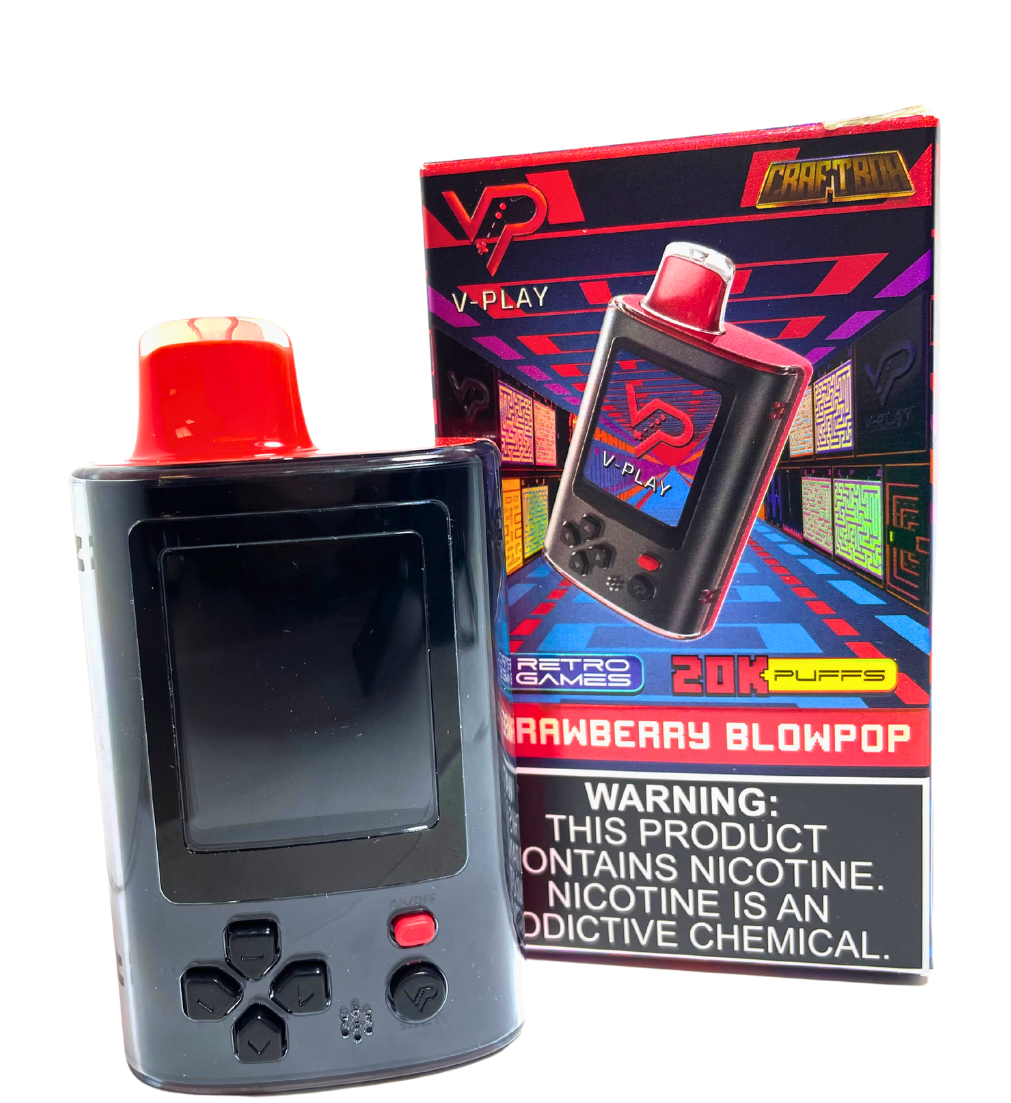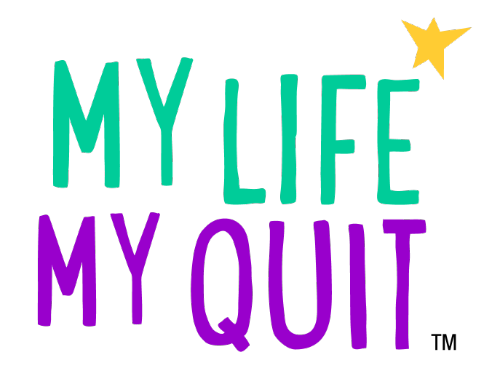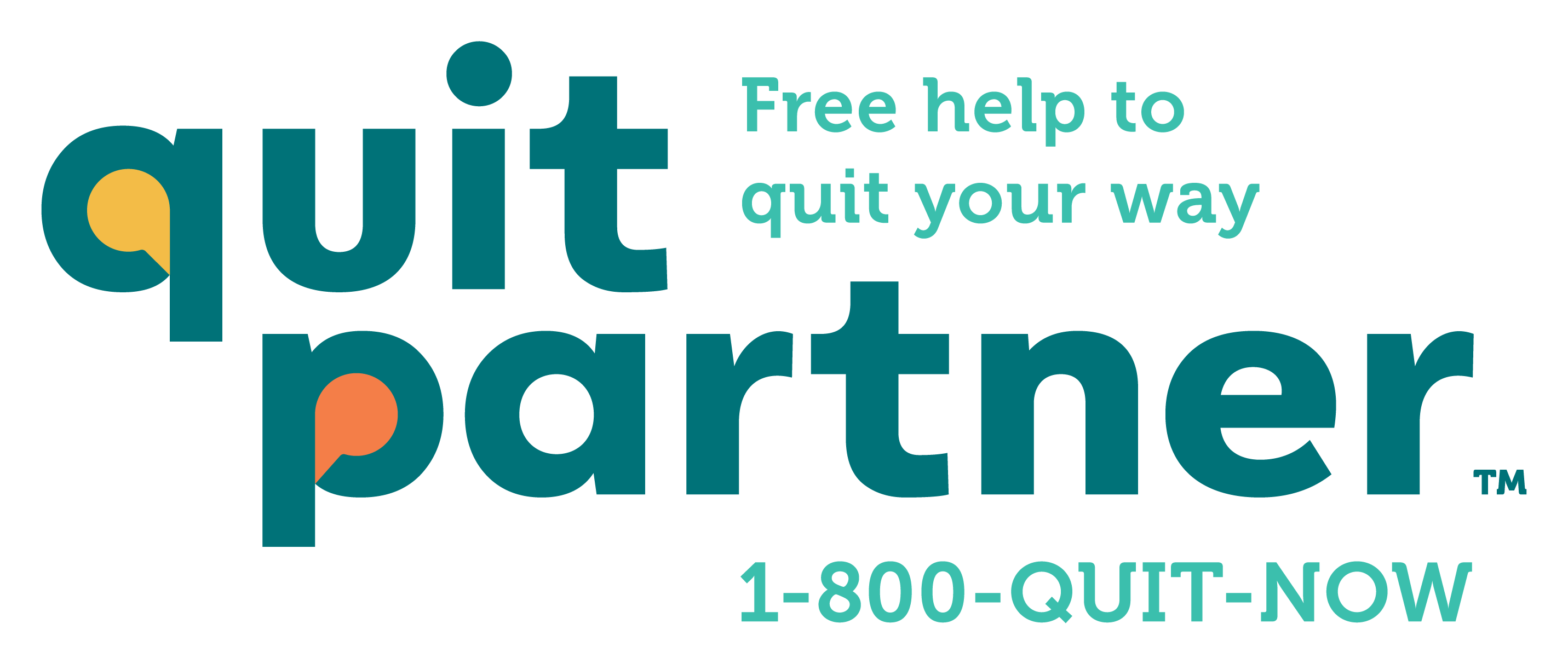Commercial Tobacco Use
- Commercial Tobacco Use Home
- Data and Reports
- Get Help Quitting
- Prevention and Treatment
- Tobacco and Your Health
Learn More
- Behavioral Health and Commercial Tobacco
- E-cigarettes and Vaping
- Flavored Commercial Tobacco
- Menthol Commercial Tobacco
- Nicotine and Nicotine Dependence
- Nicotine Pouches and Other Emerging Products
- Promoting Quitting and Treatment
- Secondhand Smoke and Aerosol
- Traditional and Sacred Tobacco
Related Topics
Contact Info
Commercial Tobacco Use
E-cigarettes and Vaping
E-cigarette use, also known as vaping, is the use of battery-powered devices that heat a liquid – typically containing nicotine, flavorings, and other chemicals – into an aerosol that users inhale. E-cigarettes pose significant health risks, especially for youth, as nicotine is highly addictive and can harm brain development as teens grow.

On this page:
Vaping and your health
Vaping among Minnesota youth
Free help quitting for teens
Information for parents and caregivers
Information for schools
Vaping and cannabis
Vaping and quitting smoking
Vaping and your health
Vaping poses serious health risks, particularly to the lungs and cardiovascular system. E-cigarettes expose users to harmful substances, including nicotine, heavy metals, and volatile organic compounds. Prolonged exposure to these chemicals can lead to chronic lung diseases, such as bronchiolitis obliterans (commonly known as "popcorn lung"), and may increase the risk of cardiovascular diseases like high blood pressure and heart attacks. Studies also suggest vaping may impair immune function and contribute to long-term neurological effects due to nicotine’s impact on brain development.
Secondhand aerosol from e-cigarettes also presents health concerns. Unlike secondhand smoke from cigarettes, e-cigarette aerosol contains ultrafine particles, nicotine, and toxic chemicals that can be inhaled by bystanders. Exposure to secondhand aerosol has been linked to respiratory irritation, increased risk of asthma attacks, and potential cardiovascular effects.
Brain development and nicotine dependence
E-cigarettes contain high concentrations of nicotine, which is highly addictive. Nicotine exposure during adolescence can have serious effects on brain development. Since the brain continues to develop until about age 25, nicotine can interfere with attention, learning, mood regulation, and impulse control. It alters the way brain connections form, increasing the risk of addiction not just to nicotine but to other substances later in life.
Youth who use nicotine may experience heightened anxiety, irritability, and difficulty concentrating, which can negatively impact their academic performance and overall wellbeing. Beyond cognitive effects, nicotine dependence can worsen mental health issues like stress, anxiety, and depression. Many young people mistakenly believe nicotine helps relieve stress, but in reality, it leads to mood fluctuations and withdrawal symptoms that amplify negative emotions.
No amount of nicotine is safe for youth. Learn more: Nicotine and Nicotine Dependence | Commercial Tobacco Use
Vaping-associated lung injury
Reporting EVALI cases
We continue to work with Minnesota health care providers to investigate cases of vaping-associated lung injury. If you’re a health care provider, learn more about vaping-associated lung injury and how to report cases.
Learn more: Reporting EVALI Cases | Commercial Tobacco Use
Vaping-associated lung injury (EVALI) has led to hospitalizations and even deaths in Minnesota, with symptoms including shortness of breath, fever, cough, vomiting, and chest pain. The last EVALI outbreak peaked in September and October 2019, with 149 confirmed or probable cases and three deaths reported in the state.
Investigations found that THC-containing vaping products, especially those obtained from informal sources like friends or online dealers, were linked to most cases. A likely key contributor was Vitamin E acetate, a thickening agent that used to be commonly found in illicit THC vape cartridges, which was detected in lung fluid samples of affected patients. While Vitamin E acetate was strongly associated with the outbreak, other chemicals in both THC and non-THC products may have contributed to cases.
Avoid using e-cigarettes and vaping products, particularly those containing THC or purchased from unregulated sources, like the internet.
Learn more
- Commercial Tobacco Use and Your Health
- E-cigarette Use among Youth and Young Adults | A Report of the Surgeon General (2016)
- Health Effects of Vaping | Centers for Disease Control and Prevention
- Secondhand Smoke and Aerosol | Commercial Tobacco Use
Vaping among Minnesota youth
E-cigarettes are the most used commercial tobacco product among youth. Data from the 2023 Minnesota Youth Tobacco Survey shows 13.9% of Minnesota high school students reported using an e-cigarette in the past 30 days. Data from 2020 and 2023 also show that students who use e-cigarettes are increasingly reporting signs of dependence. Overall, 79.6% of students who use e-cigarettes in 2023 report one or more signs of dependence, an increase from 70.4% in 2020.

Youth vape for several reasons, including exposure to widespread e-cigarette marketing, the availability of appealing flavors, and social influences. Flavored e-cigarettes – such as fruit, candy, and mint – are especially popular among youth, with most youth starting with flavored varieties.
The tobacco industry uses advertising tactics that attract young people, and many students report seeing e-cigarette promotions in retail stores, online, and on social media. Social factors also play a big role, as many students try vaping because their friends or family members use e-cigarettes.
Learn more: Why Youth Vape | Centers for Disease Control and Prevention
Free help quitting for teens
My Life, My QuitTM helps Minnesota teens ages 13-17 quit vaping, smoking, or using other commercial tobacco and nicotine products. My Life, My Quit is free and confidential, and teens can text, call, or chat with quit coaches online. Tips and tools are also available online.
Teens can text “Start My Quit” to 36072 or visit mylifemyquit.com.
Information for parents and caregivers
Parents and caregivers play a crucial role in preventing youth vaping by setting a good example, having open conversations, and creating a commercial tobacco-free environment at home.
Here’s what parents and caregivers can do:
- Be aware: Know the risks of commercial tobacco use, like smoking, vaping, or using chew, as well as the different types of products kids are using. E-cigarettes are the most used commercial tobacco product among youth, and nearly all e-cigarettes contain nicotine, which is highly addictive.
- Educate and communicate: Talk to your children about the risks of vaping, including nicotine dependence and its effects on brain development and mental health. Keep the conversation open and non-judgmental to help teens feel comfortable discussing their experiences and pressures.
- Set clear expectations: Establish family rules about not using commercial tobacco products. Explain the reasons behind the rules to discourage experimentation.
- Be a role model: Avoid using commercial tobacco yourself to send a strong message about healthy choices.
- Monitor and support: If your child is already vaping or using other commercial tobacco products, encourage them to quit and connect them with resources like quit programs or their healthcare provider.
Learn more: E-cigarettes and Youth: What Parents Need to Know | Centers for Disease Control and Prevention (PDF)
Information for schools
Many Minnesota teachers and school staff report an overwhelming number of youth vaping during the school day. Free tools are available to address vaping in schools. The School Toolkit for E-cigarette Use Prevention and Cessation outlines vaping prevention curricula and offers resources to help schools strengthen policies, engage parents and staff, and support students in quitting. It also highlights the risks of nicotine addiction and its impact on chronic health conditions like asthma and academic performance.
Learn more: School Toolkit for E-cigarette Use Prevention and Cessation
Statewide vaping prevention campaigns
Minnesota has multiple counter-marketing campaigns to raise awareness of the dangers of vaping, foster peer-to-peer engagement, and encourage young people to quit.
These campaigns work to change social norms around vaping and the use of other commercial tobacco products, as well as promote resources on wellbeing and tools to help young people quit.
Learn more: Youth Counter-Marketing Campaigns | Commercial Tobacco Use
Local action to protect youth
Effective prevention requires a multi-faceted approach, including statewide and community programs, mass media campaigns, and policy change. Communities across the state are working to reduce youth vaping by:
- Raising the minimum tobacco sales age to 21 and removing purchase, use, and possession penalties in local ordinances.
- Restricting the sale of menthol and flavored products.
- Increasing product prices.
- Promoting smoke- and commercial-tobacco-free environments.
These initiatives aim to shift societal norms towards commercial tobacco-free living, and prioritizing youth and young adults is essential, as most people who use commercial tobacco begin before the age of 26.
Learn more: Prevention and Treatment | Commercial Tobacco Use
Learn more
- Data brief: Minnesota Teens Vape Sweet and Minty Flavors (PDF) (May 2022)
- Data brief: Vaping Erases 15 Years of Progress Lowering Youth Tobacco Use (PDF) (July 2020)
- Data brief: Which Minnesota Teens Try Vaping? (PDF) (December 2018)
- Data brief: Teen Vaping Initiation in Minnesota (PDF) (October 2018)
- E-cigarette Use Among Youth | Centers for Disease Control and Prevention
- Flavored Commercial Tobacco Products | Commercial Tobacco Use
- Report the Sale of Illegal Vaping Products | The Office of Minnesota Attorney General Keith Ellison
- Talk to Your Child About Vaping | American Lung Association
- Youth Commercial Tobacco Use | Data and Reports | Commercial Tobacco Use
- Youth E-cigarette Prevention and Cessation Initiative | Commercial Tobacco Use
Vaping and cannabis
Despite significant health risks, vaping cannabis, or THC, has become increasingly popular, particularly among youth and young adults. Data from the 2023 Minnesota Youth Tobacco Survey show that about 1 in 4 students (25.6%) who vape have used their devices to consume cannabis. This is more common among high school students, with about 1 in 3 (27.6%) saying they’ve vaped cannabis, compared to about 1 in 7 (15.3%) middle school students. This difference shows that older students have easier access to THC products and are more likely to experiment with cannabis. These findings highlight that vaping devices aren’t just used for nicotine – they’re also being used as a discreet and easy way to consume cannabis, especially among high schoolers.
Unlike vaping with e-cigarettes, vaping cannabis delivers high concentrations of the psychoactive compound THC, which can lead to strong and sometimes unpredictable effects. Vaping cannabis increases the risk for long-term cognitive effects and addiction. The developing brain is particularly vulnerable to THC, with studies indicating potential impacts on memory, learning, and decision-making. Research also suggests that vaping THC-containing products, especially those obtained illicitly, has been linked to serious lung injuries, including EVALI (see Vaping-associated lung injury).
Additionally, exposure to secondhand aerosol from vaping cannabis increases the risk for respiratory irritation, asthma attacks, and potential cardiovascular effects.
As cannabis products evolve, it’s important to be aware of the health risks for both adults and youth.
Learn more
Vaping and quitting smoking
E-cigarettes are not FDA-approved for quitting smoking or the use of other commercial tobacco products. E-cigarettes haven’t gone through the rigorous testing required to be officially recommended to help people quit – they come in many different types and people use them in various ways, which makes it hard to draw broad conclusions about their effectiveness in helping people quit.
The CDC and FDA emphasize that there are safer, proven methods to quit smoking, such as FDA-approved medications and behavioral counseling, which have been shown to double the chances of quitting successfully.
Get free help to quit smoking or vaping
Get free coaching, text and email support, and medications like nicotine patches, gum, or lozenges.
Visit quitpartnermn.com.
Most people who smoke, vape, or use dip or chew want to quit. Quitting has both immediate and long-term health benefits. It also helps protect family and friends who may be exposed to secondhand smoke or aerosol, especially infants and those who may have asthma or other chronic health issues.
Free help is available to all people who live in Minnesota. People who use phone coaching and quit medications are twice as likely to successfully quit.
Learn more: Get Help Quitting | Commercial Tobacco Use


